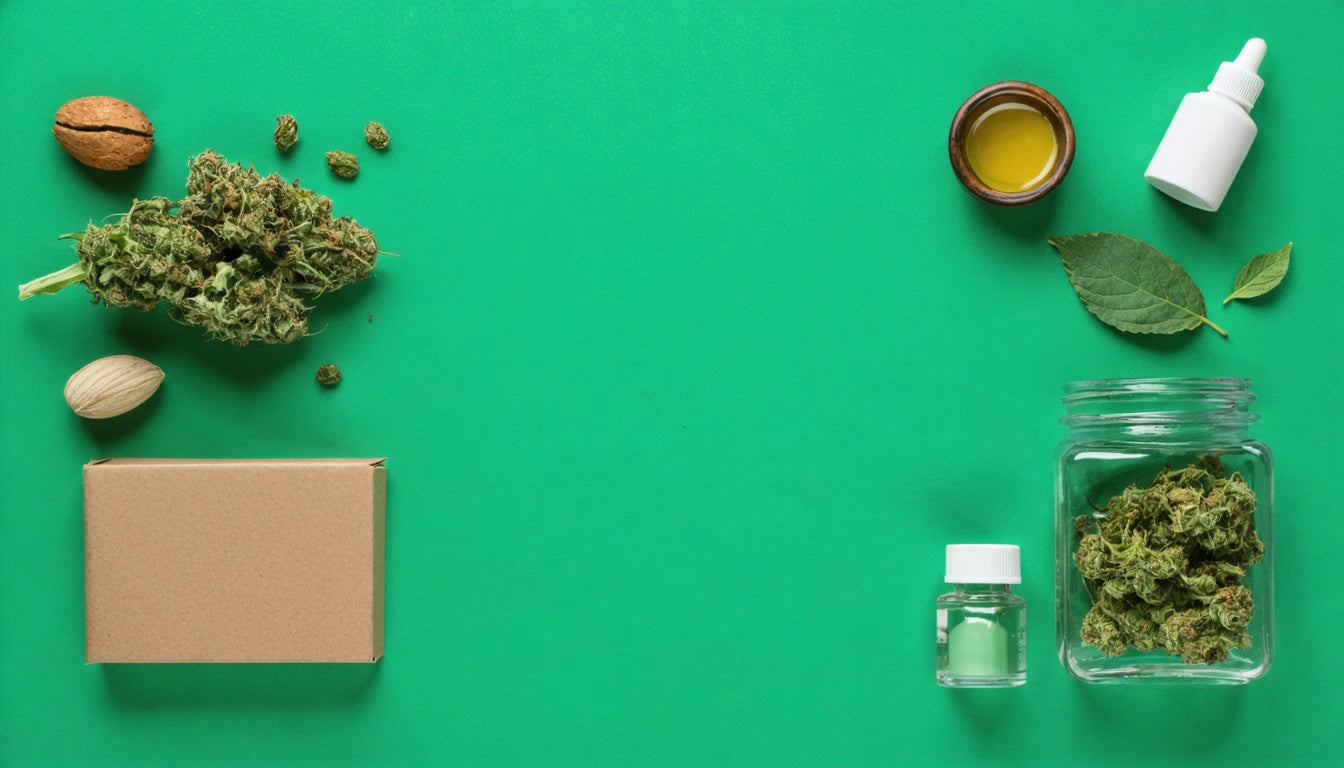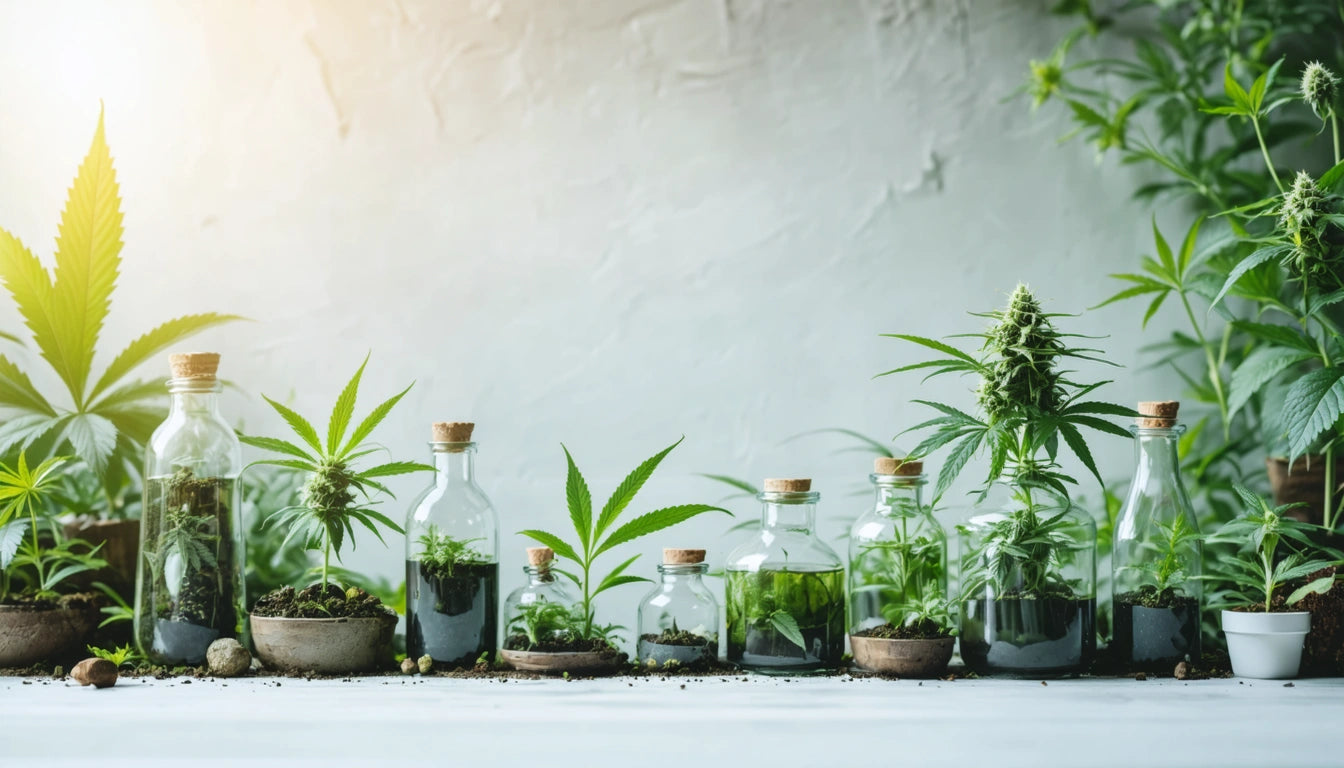Table of Contents
- Foundations of Strong Supplier Relationships
- Effective Contract Negotiation for Cannabis Packaging
- Developing Service Level Agreements That Protect Your Business
- Quality Assurance Protocols for Consistent Packaging
- Communication Strategies for Supplier Management
- Relationship Growth Strategies for Long-Term Success
In the cannabis industry, reliable packaging is as crucial as the product itself. Establishing strong supplier relationships ensures consistent quality, timely delivery, and compliance with ever-changing regulations. This guide explores how to build lasting partnerships through effective contracts, service level agreements (SLAs), and quality assurance measures.
Foundations of Strong Supplier Relationships
Strong supplier relationships begin with thorough vetting. According to our guide on vetting cannabis packaging suppliers, you should evaluate potential partners based on their compliance knowledge, quality control processes, and industry experience.
Start with smaller orders to test reliability before committing to long-term agreements. This approach allows you to assess product quality, communication effectiveness, and delivery consistency without significant financial risk.
Effective Contract Negotiation for Cannabis Packaging
Well-structured contracts protect both parties and set clear expectations. Key elements to include:
- Pricing structures with volume discounts
- Payment terms and conditions
- Intellectual property protections for custom designs
- Compliance responsibilities and certifications
- Confidentiality clauses
When negotiating minimum order quantities (MOQs), balance inventory management needs with supplier requirements. Larger orders typically secure better pricing but require more storage space and upfront capital.
Developing Service Level Agreements That Protect Your Business
Service Level Agreements (SLAs) define performance expectations and accountability measures. Effective cannabis packaging SLAs typically address:
Delivery Timeframes
Establish clear expectations for lead times and shipping windows. Include provisions for rush orders and seasonal demand fluctuations.
Quality Standards
Define acceptable quality parameters, including material specifications, print quality tolerances, and child-resistant certification requirements.
Problem Resolution Protocols
Outline procedures for addressing packaging defects or inconsistencies, including reporting timelines, resolution expectations, and compensation terms.
Quality Assurance Protocols for Consistent Packaging
Implementing rigorous quality control measures ensures packaging meets your standards and regulatory requirements. Consider these practices:
- Request pre-production samples before approving full runs
- Implement a systematic inspection process for incoming shipments
- Maintain detailed records of quality issues and resolutions
- Use precise measurement tools like digital scales for accurately verifying product weights and packaging specifications
- Conduct periodic supplier facility audits when possible
Documentation is crucial for quality assurance. Create a standardized packaging procurement SOP that includes quality verification steps and acceptance criteria.
Communication Strategies for Supplier Management
Regular communication builds trust and prevents misunderstandings. Effective strategies include:
Designated Points of Contact
Assign specific team members to manage supplier relationships, ensuring consistent communication and accountability.
Regular Performance Reviews
Schedule quarterly meetings to discuss performance metrics, market changes, and upcoming needs.
Proactive Planning
Share sales forecasts and anticipated packaging needs to help suppliers plan production capacity.
When problems arise, address them promptly and directly. Documented communication helps track issue resolution and prevents recurring problems.
Relationship Growth Strategies for Long-Term Success
The most valuable supplier relationships evolve beyond transactional exchanges into strategic partnerships. Consider these approaches for cultivating lasting relationships:
- Explore private label opportunities that benefit both parties
- Collaborate on innovative packaging solutions that address emerging market needs
- Develop contingency plans for avoiding supply chain disruptions
- Consider exclusivity arrangements for custom packaging designs
- Investigate sustainable packaging options that align with evolving consumer preferences
Remember that relationship building requires investment from both sides. Suppliers are more likely to prioritize clients who demonstrate loyalty, clear communication, and fair business practices.
By implementing these strategies, cannabis businesses can build supplier relationships that withstand market fluctuations, regulatory changes, and growth challenges. The time invested in developing these partnerships yields significant returns through consistent quality, reliable delivery, and innovative packaging solutions that help your products stand out in an increasingly competitive market.











Leave a comment
All comments are moderated before being published.
This site is protected by hCaptcha and the hCaptcha Privacy Policy and Terms of Service apply.